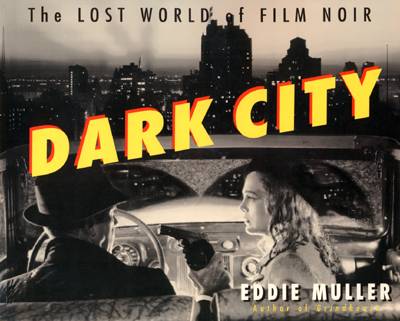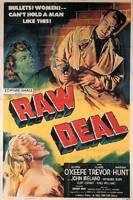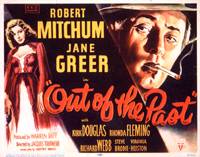
|
|
With his new book, Dark City, author Eddie Muller explores the dark alleys and musty backrooms of film noir. As he did with last year's Grindhouse, Muller has delivered a strikingly designed book that will first grab your attention with its stunning stills and poster reproductions. But if you get past the excellent layout and begin to actual read the text, you'll find Muller certainly knows his subject. He leads his readers through an astonishingly large group of movies--from Stranger on the Third Floor (arguably the first noir), through noir's last gasps with Orson Welles' Touch of Evil ("watching Touch of Evil is like drinking vintage wine not long before it turns to vinegar"). Muller has divided the book into chapters that represent the key settings and character types of film noir. For example, in "Vixenville" you'll encounter Lizabeth Scott, Rita Hayworth, Gene Tierney, Joan Bennett, Ava Gardner, and other femme fatales that sucked the life from the weak-willed heroes. (Remember Edward G. Robinson painting Bennett's toenails in Scarlet Street?) And in "Loser's Lane" you'll encounter Richard Widmark, Dan Duryea, and Lawrence Tierney, and other actors who excelled at playing sadistic killers and thieves. (Remember Tommy Udo [Widmark] lashing Mildred Dunnock to her wheelchair with electrical cord and then pushing her down the stairs of her tenement in Kiss of Death?) Other chapters introduce us to "Knockover Square," "Shamus Flats," "The Psych Ward," and other key locales.
|



